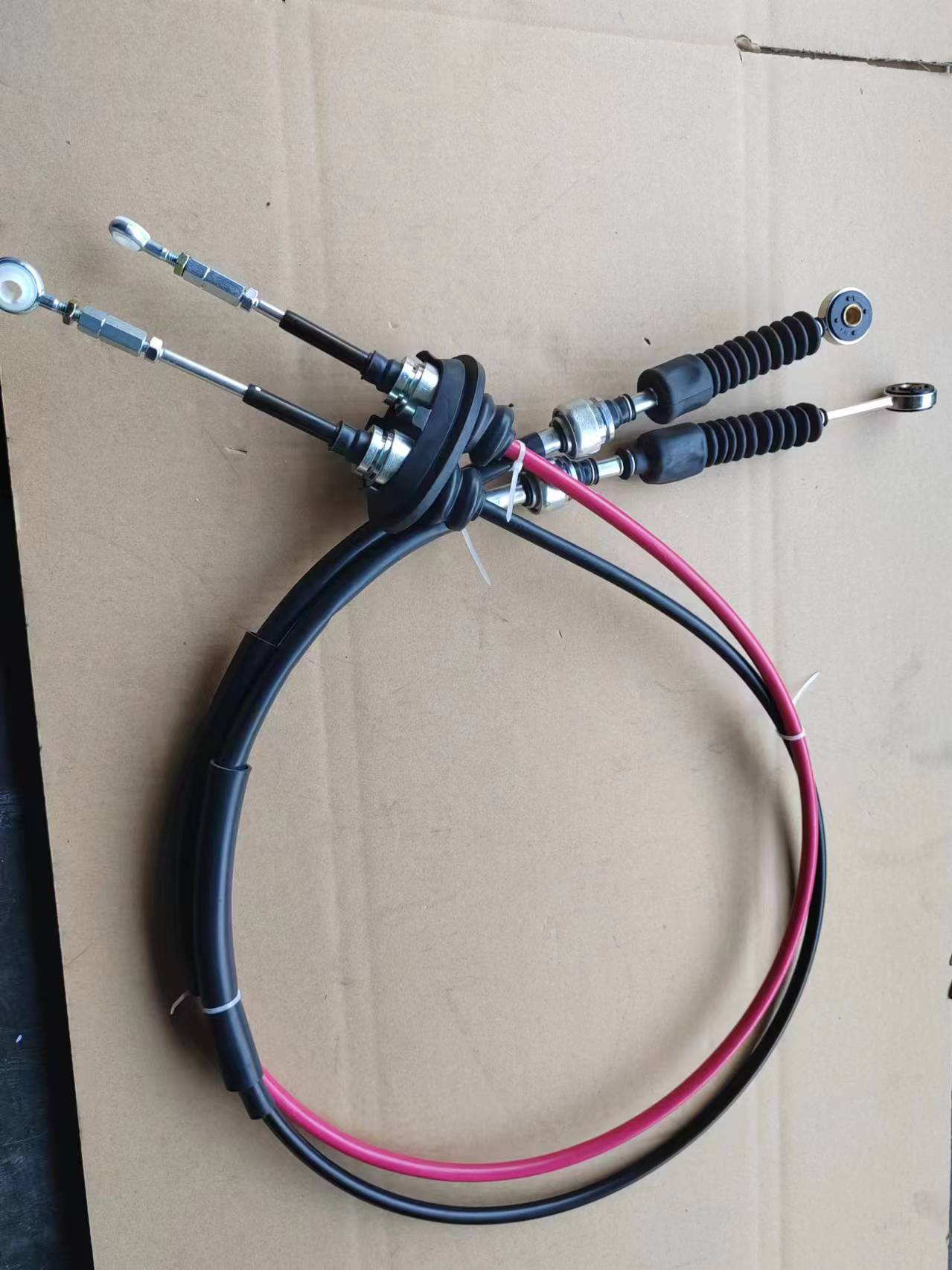Understanding Handbrake Cables and Their Importance in Vehicle Safety and Performance
Understanding Handbrake Cables Importance, Maintenance, and Replacement
Handbrake cables are an often-overlooked yet crucial component of any vehicle’s braking system. These cables are integral to the proper functioning of the handbrake, which is also referred to as the emergency brake or parking brake. This article will explore the importance of handbrake cables, how to maintain them, and when to replace them to ensure safe driving conditions.
Importance of Handbrake Cables
Handbrake cables connect the handbrake lever, typically located between the front seats, to the rear brakes of the vehicle. When the driver pulls the handbrake lever, it pulls on these cables, which in turn engage the rear brake shoes or calipers, preventing the vehicle from rolling. This function is particularly important when parking on inclines, as it provides an additional layer of safety by holding the vehicle in place even if the transmission fails.
Moreover, a well-functioning handbrake is vital for situations that require emergency stops. In instances where the main braking system fails, the handbrake can serve as a backup, allowing the driver to control the vehicle’s speed and direction. Therefore, the condition of handbrake cables directly impacts the overall safety of the vehicle.
Maintenance of Handbrake Cables
Regular maintenance of handbrake cables is essential for their longevity and effectiveness
. Here are some basic maintenance tips1. Regular Inspection Conduct routine checks of the handbrake cables for signs of fraying, rust, or corrosion. Look for physical damage, such as kinks or breakage, which can indicate that the cable is compromised.
handbrake cables

2. Tension Adjustment The handbrake cables might become loose over time due to normal wear and tear. It’s crucial to adjust the tension to ensure that the handbrake engages fully when pulled. Most vehicles have a mechanism for tension adjustment, which can usually be found beneath the handbrake lever.
3. Lubrication Keeping the cables lubricated is vital in preventing wear and ensuring smooth operation. Over time, dirt and moisture can accumulate, leading to increased friction. Use a suitable lubricant on the exposed metal parts of the cables to enhance performance and prevent rust.
4. Replacement of Components Additionally, rubber or plastic grommets that house the cables can degrade over time. Replacing these components can prevent cable damage and ensure smoother operation.
When to Replace Handbrake Cables
Knowing when to replace handbrake cables is as important as regular maintenance. Signs that indicate it may be time for a replacement include
- Poor Engagement If the handbrake does not hold the vehicle securely, or if it feels unusually loose, this may be a sign that the cables need to be replaced. - Visible Damage Any signs of fraying, corrosion, or breakage should prompt an immediate inspection and potential replacement of the cables.
- Increased Resistance If pulling the handbrake lever feels unusually stiff or requires excessive force, it may indicate that the cables are worn or damaged.
In conclusion, handbrake cables play a critical role in vehicle safety, allowing for effective parking and emergency braking. Regular maintenance, including inspections, tension adjustments, and lubrication, can significantly extend the life of these cables. However, should any signs of damage or wear become apparent, timely replacement is essential to ensure the safety of both the driver and passengers. Awareness and proactive care for handbrake cables can save lives and maintain your vehicle's reliability on the road.
-
Workings of Clutch Pipe and Hose SystemsNewsJun.04,2025
-
The Inner Workings of Hand Brake Cable SystemsNewsJun.04,2025
-
The Secrets of Throttle and Accelerator CablesNewsJun.04,2025
-
The Hidden Lifeline of Your Transmission Gear Shift CablesNewsJun.04,2025
-
Demystifying Gear Cables and Shift LinkagesNewsJun.04,2025
-
Decoding Clutch Line Systems A Comprehensive GuideNewsJun.04,2025
